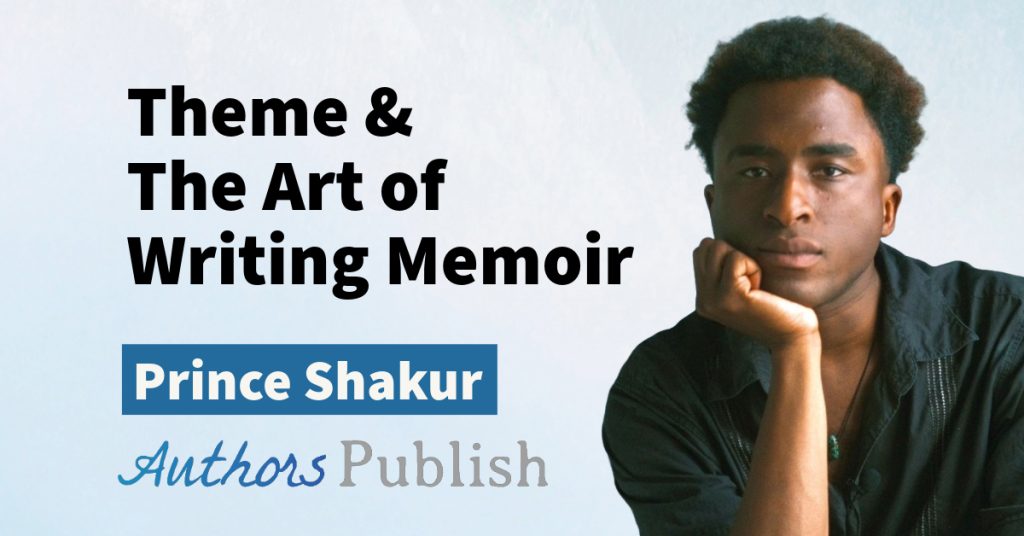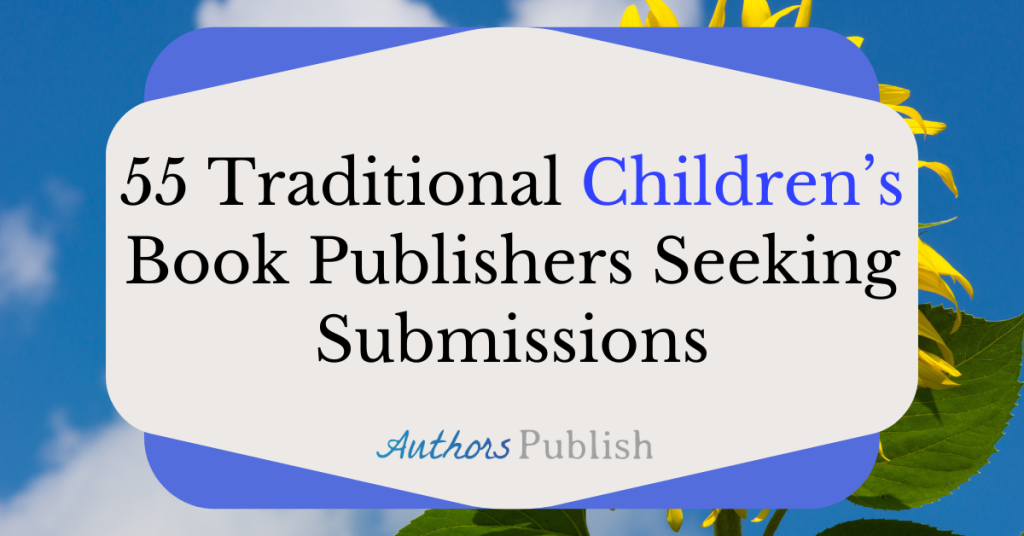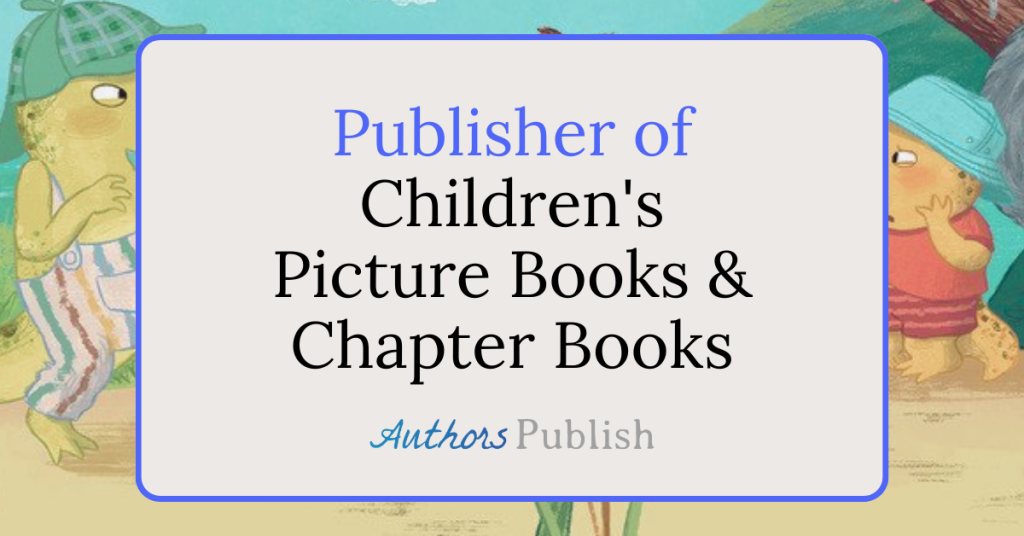Updated February 20th 2016
Submitting your work to full length publishers is a terrifying process partially because you are facing potential rejection and partially because it is not easy to know if the publisher will treat your work fairly. I have written before about how to avoid bad publishers in the article Red Flags.
Sometimes the publisher is new or is unlisted by most of the watchdog sites I recommend visiting in that article. What do you do next?
Googling the publisher can be helpful. However, make sure that you only consider feedback from legitimate sources such as newspapers and established feedback sites. One rant on an author’s website without any proof is not a legitimate source. A person’s blog has no filter. Make sure that you are not just looking for bad information. Read most of what pops up, particularly if it is about one of the books the publisher has published recently. Reviews of that book can tell you a lot about the quality of the press.
However the most important step is not to go outside the publishing company but to dig deeper into their website. First make sure you have a good first impression. Anyone looking up your book online would probably see their website at one point, and you don’t necessarily want to be associated with something that does not seem professional. It is also important that the website is easy to navigate. Potential readers should find it easy to find your book.
One of the most significant tell tale signs that a publisher is not necessarily going to serve your book well, is if they seem to be more actively seeking new books and new authors more than promoting and supporting the books they already published. If the link to submit your work is hard to find, that is actually a promising sign. It means that the press is making money from their readers rather than from its writers.
Make sure you look to see who their distributor is (unless they are an e-book publisher). The distributors are responsible for getting books into bookstores. If the press you are looking for does not have a distributor it means that they are depending largely on online sales. If they say they are POD that means they print on demand through a service like CreateSpace and do not do print runs, limited or otherwise.
One of the most important things you can do is look at the actual books that the press has published. I like to choose one or two in the genre that my work is in. I look at who wrote the book blurbs. Are they well known? Are there no book blurbs? I also like to look at the covers, if they look professional that is always a good sign. I then look up these books on amazon and goodreads, to see if I can read any reviews of the books.
Sometimes I even buy one of the books. When I do this I never buy the e-book version, I want to see the cover and the quality of the paper and the printing. All these things are important.
I also make sure to read the about us section of the site. I like learning who the editors are (if they list them) and I think it is important to see how long the press has been around. If they have only been around for a short time that can explain why they don’t have a big web presence.
Hopefully these tips will help you feel confident when you find a publisher that has not been reviewed here or elsewhere and you want to know if they might be the right publisher for you.





